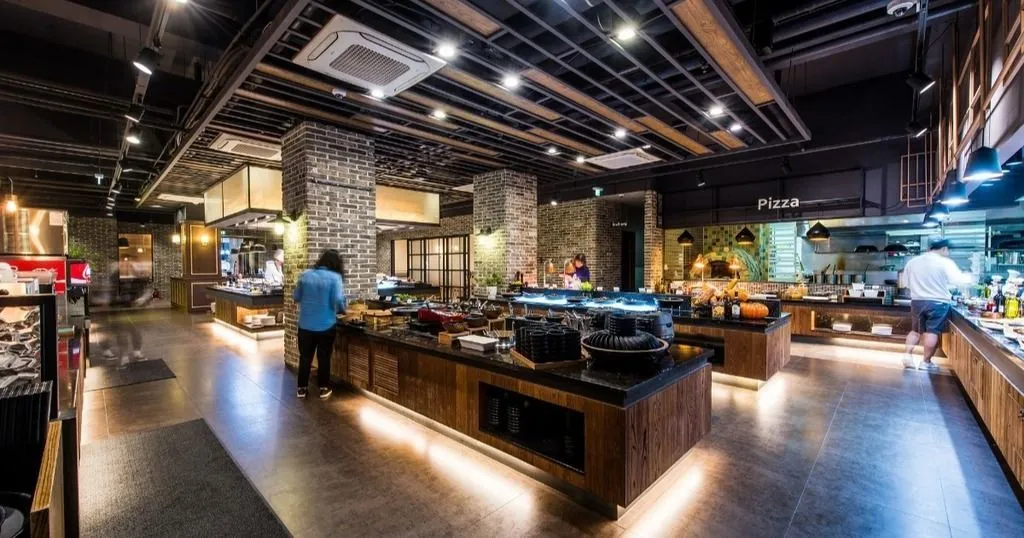Design your own product: consumer experience and abandonment behavior
Researchers Krause and Franke studied how our experiences change while designing our own products. How do these experiences influence whether we finish a product or abandon the process?
Posted by
Published on
Tue 26 Sep. 2023
Topics
| Consumer Behavior | FaceReader | Facial Expression Analysis | Observational Research |

In the first blog post of this series about consumer experience and abandonment behavior during self-designing, we discussed how people's experiences change while designing their own product. This provides valuable information for companies offering customization tools to their customers - for example, to design their own gifts, jewelry, or shoes.
Researchers Krause and Franke found that consumers' valence follows a U shape: people start out motivated and positive, followed by a phase of disappointment when their expectations are not met, and ending with satisfaction after persevering with their design. Or, in a lot of cases, resulting in an abandoned design process.
In the next part of their research, the team zoomed in on the exact relationship between valence and abandonment behavior. What makes people either leave the process or finish their product?
Also read: Why you should use FaceReader Online for your human behavior research.
Consumer research on self-designing
In their study, Krause and Franke asked 132 students to try out an augmented reality app from a car manufacturer. As a 'preparation excercise', they had to use the computer for at least three minutes, but were allowed to take more time if they wished. During this time, participants were offered the option to use a real wristwatch configurator and even to buy the design they made.
Little did they know that this was actually part of the experiment. The researchers wanted participants to feel free to decide for themselves whether they wanted to continue their self-design process, and to feel no time pressure to finish. This allowed the research team to make realistic and unobstrusive observations of their behavior.
Observing consumer experiences with FaceReader
Interestingly, all participants started using the wristwatch configurator, which confirmed that the product category was attractive to this group. The research team also recorded for how long participants continued the self-design process and whether they completed their designs. During the experiment, they recorded participants' valence with FaceReader.
The results of their facial expression analysis showed that when valence goes down (in other words, when people have a negative experience), the risk of an abandonment increases. On average, this risk increases by as much as 75 to 80 percent.
RESOURCES: Read more about FaceReader
Find out how FaceReader is used in a wide range of studies and how it can elevate your research!
- Free white papers
- Customer success stories
- Featured blog posts
Relationship between valence and abandonment
To gain more insights in how valence influences abandonment during self-designing, the team continued their consumer research. In their next study, they examined three types of valence: what people thought of their design solutions, whether they enjoyed the process, and how they experienced the time and mental energy they invested in designing.
This time, they asked a group of 587 participants to self-design a pair of sneakers. The first group was only shown a picture of the configurator, while the second group actually got started on the self-designing process. Based on the three types of valence, both groups were asked about their experiences:
- "I expect that I will like the product design I will create" or "I like the sneaker design I created so far"
- "I expect the process to customize my sneakers to be fun" or "The process to customize my sneakers is fun"
- "I expect the process to customize my sneakers to be laborious" or "The process to customize my sneakers is laborious"
Lock-in effect for process costs
They found that a positive valence regarding design solution and process enjoyment increases the chance that participants continue the self-design process. Even more interestingly, they found the exact opposite effect for perceived process costs.
A more negative valence of process costs actually keeps participants in the process of designing their own product. This seems to indicate a lock-in effect, where people view process costs as an investment they don't wish to lose.
Want to read more about consumer research? Check out our top 5 blog posts on consumer research.
Next steps in consumer research about self-design
Taken together, these results show a clear relationship between valence during the self-design process and consumers' abandonment behaviors. They also highlight that the three types of valence - regarding design solution, process enjoyment, and process costs - play a different role in whether people finish their designs or abandon the process.
In the next blog post of this series, we'll dive deeper into the effects of different types of feedback on people's abandonment behaviors. Is it possible to decrease abandonment rates? Coming soon!
MEASURE YOUR EMOTIONS: What does your face say?
Curious what emotions your face shows? Upload a photo here, and our FaceReader software will test it for emotionality.
- Enter a url or browse for an image
- Use passport photo like pictures
- Make sure that the pictures you upload are the best they can be
Reference
Krause, F.; Franke, N. (2023). Understanding Consumer Self-Design Abandonment: A Dynamic Perspective. Journal of Marketing, https://doi.org/10.1177/00222429231183977.
Related Posts

Just the way I want it: a study on consumer experience in self-designing

Top 5 Consumer behavior research on the Behavioral Research Blog
